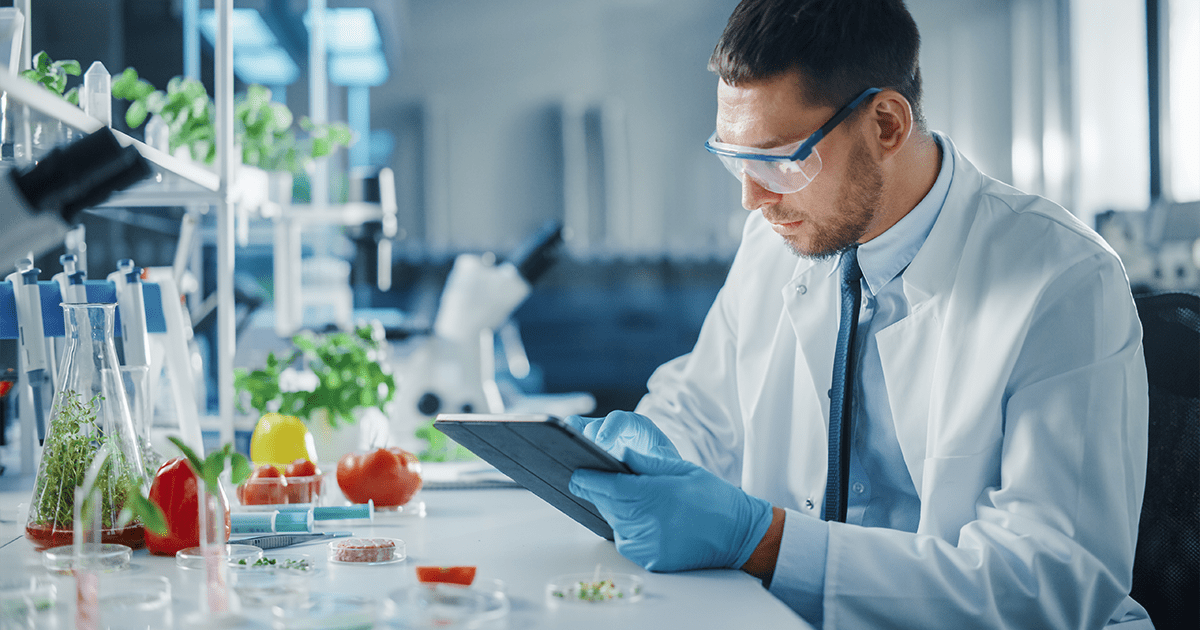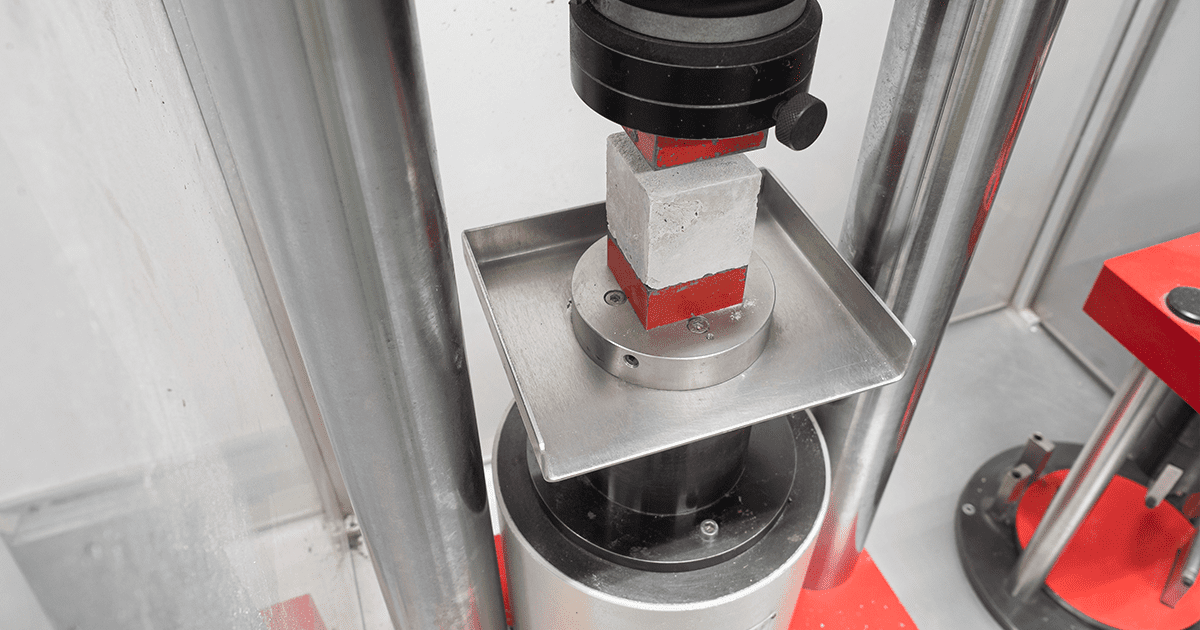How does a food and beverage laboratory LIMS handle incident management and corrective action?
April 2, 2024
Quality and safety are ideally major priorities for any food and beverage manufacturer. However, despite every best effort to maintain such safety and quality, incidents and near-misses can and do happen from time to time. This requires the manufacturer to quickly be able to not only identify the incident or near-miss, but also make the corrective actions required (and verify their…










